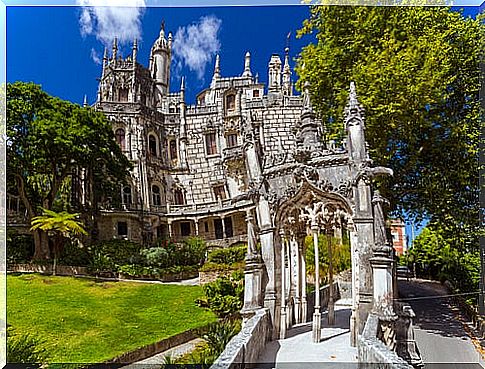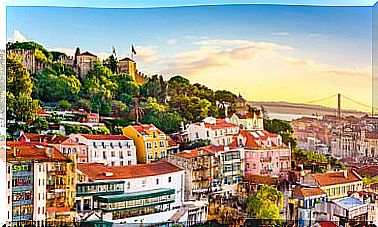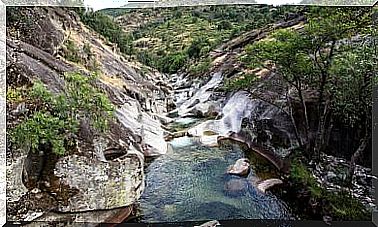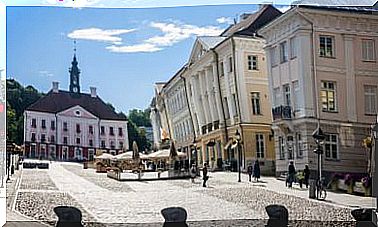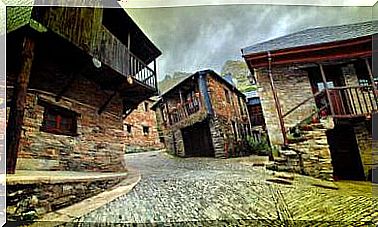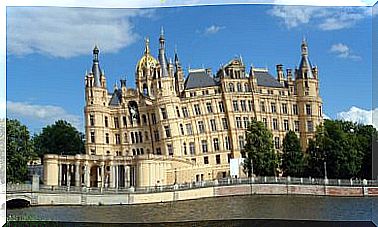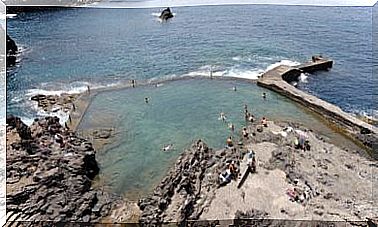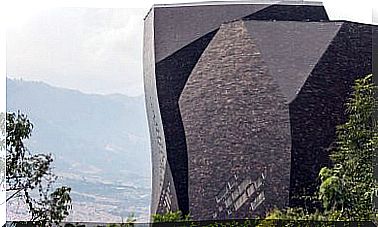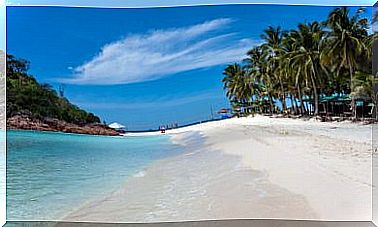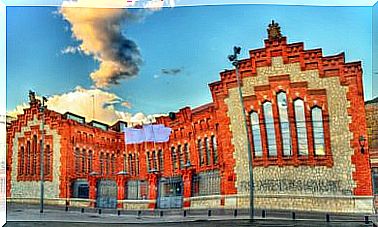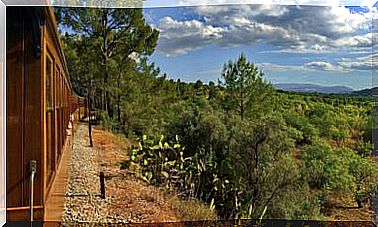Cabo Da Roca, The Westernmost Point Of Europe
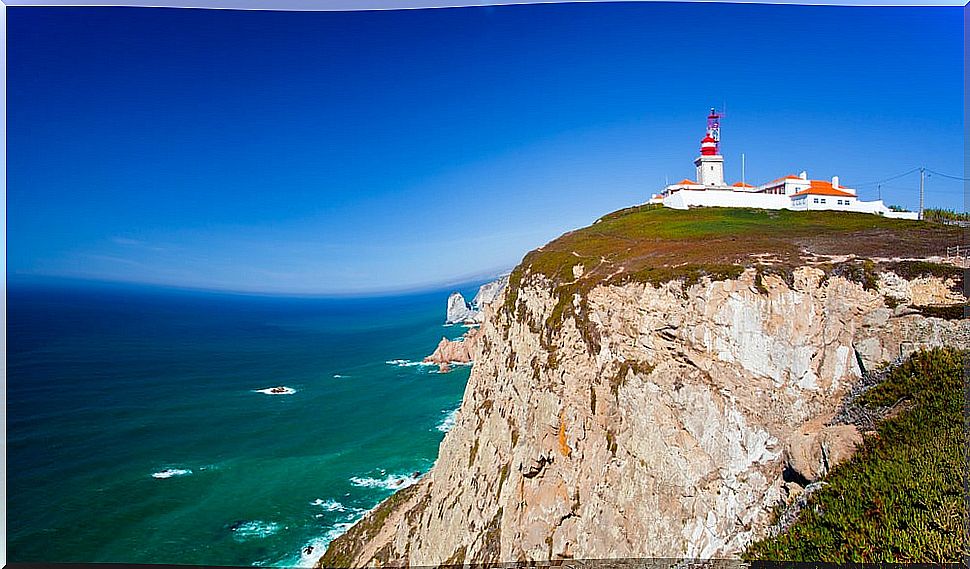
Cabo da Roca is a natural tourist attraction located at the westernmost point of Europe. It is located in the Portuguese town of Sintra, within the Lisbon district.
This cape forms a cliff that rises almost 150 meters above the ocean waters and offers beautiful views of the coast and the Serra de Sintra. It is part of the Sintra-Cascais Natural Park and has a lighthouse as well as a tourist shop.
According to the poet Luís de Camões, it is the place “where the land ends and the sea begins ”. Let’s see what this famous artist was referring to.
History of Cabo da Roca
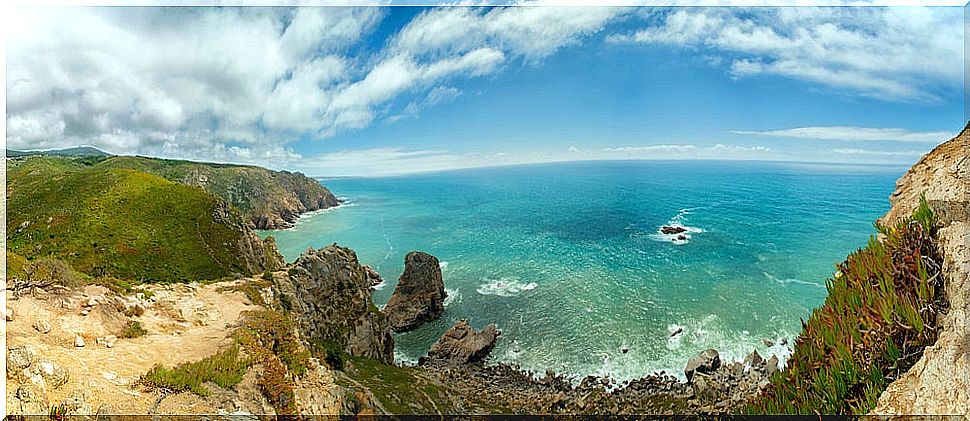
During the seventeenth century, Cabo da Roca played an important role in guarding the entrance to Lisbon during the Peninsular Wars, given its strategic location and the presence of a fort on its grounds. What’s more, during the sailing era it was known as the Rock of Lisbon.
And indeed, this was an important point for sailors throughout history. The Romans knew it as Promontorium Magnum, but they located the end of the continent at Cape Finisterre, although Cabo da Roca is 15 kilometers further west than the end of Galicia.
The lighthouse of Cabo da Roca
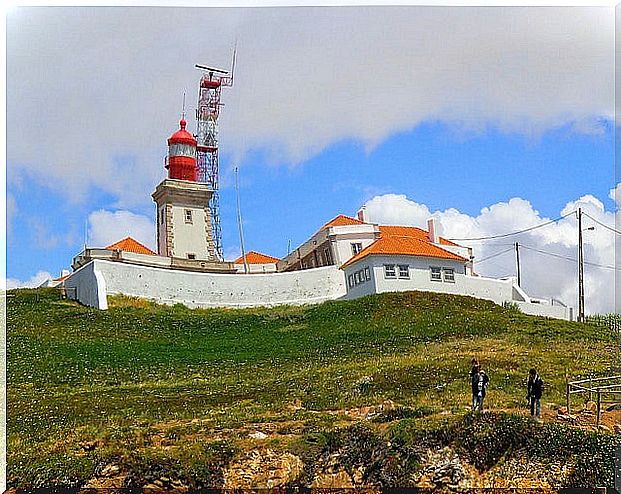
The cape has a lighthouse that has existed since 1772 and is of great importance for navigation. It has a long range and is used by both large boats and fishermen who spend the day far from the coast. The lighthouse is a 22-meter high tower guarded by three lighthouse keepers who are in charge of its operation.
In addition to the lighthouse, on the cape there is a store for visitors and a tourist office where visitors can purchase for 5 euros a certificate that authenticates their passage through the westernmost point of the European continent.
In the place there is also a stone monument that includes a crucifix and a sign with the phrase of Luis de Camões that we mentioned above, as well as the coordinates of the cape.
Tips for visiting Cabo da Roca
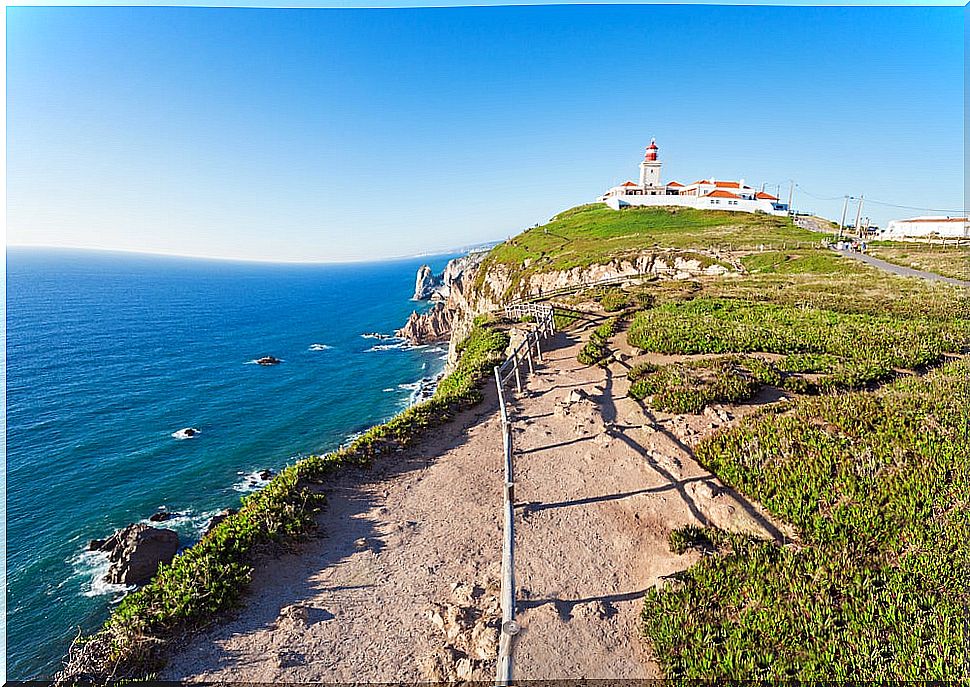
The cape is a very beautiful place to visit, especially because the views it offers are impressive. But the best thing is to go on a not very windy day, as the place is known precisely for its strong winds. On a cold day the visit may not be very pleasant.
It is best to go on a hot day at sunset, as it is the time when the panoramic views over the Atlantic Ocean are spectacular. In addition, you will enjoy the ideal temperature to enjoy a well-equipped site.
The surroundings of Cabo da Roca
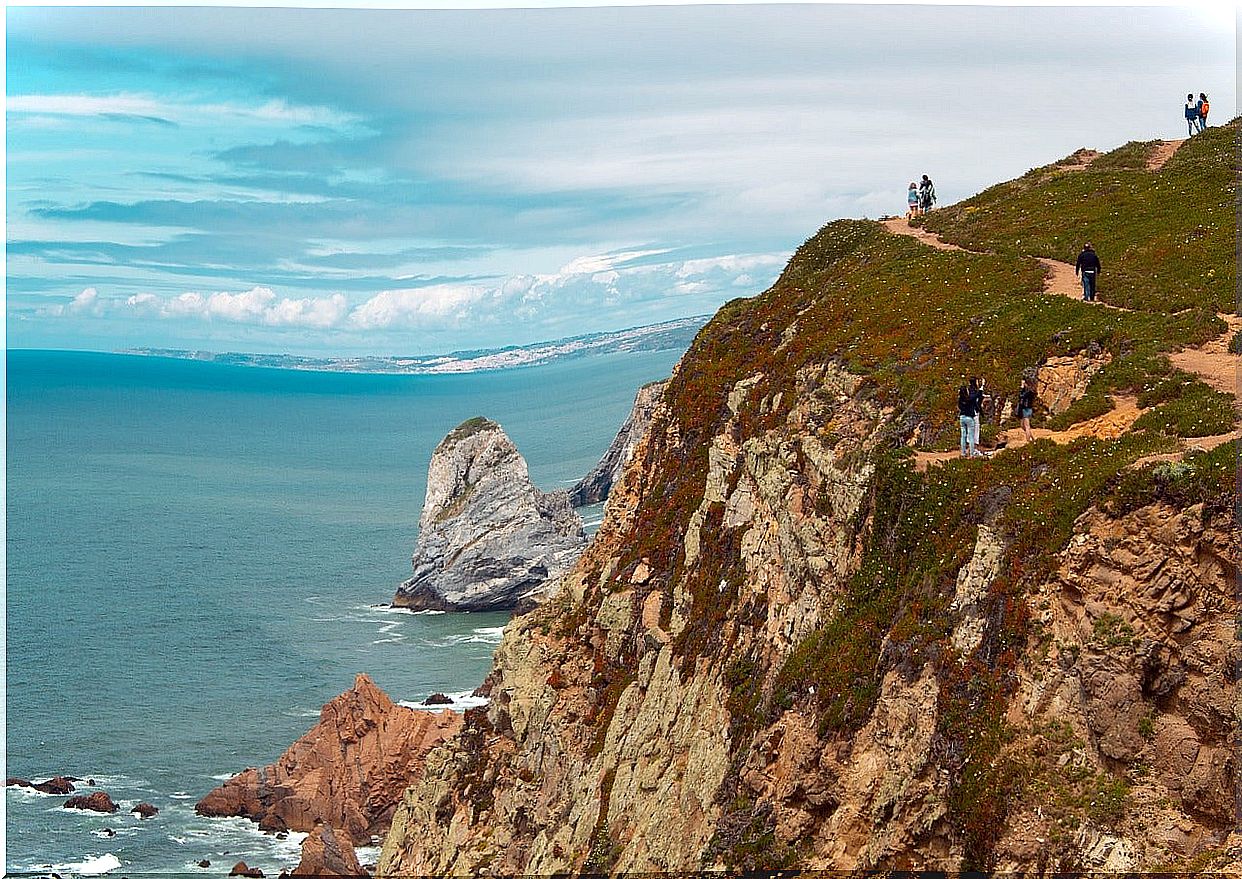
The place itself is beautiful to visit, and it is worth taking a walk to admire the magic of its surroundings. But the trip can also be enjoyed a lot. The views of the mountains, the valley and the sea are observed all the way.
Sintra Natural Park is a very beautiful wild place, with a rich fauna and flora. You can also reach the fishing village of Cascais to enjoy the delicacies of the local gastronomy.
During the journey to Cascais you can visit the Boca del Infierno, which is reached by the road that connects Cascais with the famous Guincho beach. This is a large hole in the rocks that forms an underwater cave, the scene of great stories and legends.
Another interesting place to visit is Sintra. A beautiful town that has great attractions. Among them, the Castillo dos Mouros, the Palacio da Pena, the Palacio de Monserrate and the Quinta da Regaleira stand out.
Location of Cabo da Roca: how to get there
Cabo da Roca is 18 kilometers from Sintra, 40 from Lisbon and 18 from Cascais. The most common is to do the journey by car, following the N247, a very picturesque road.
But it can also be reached by public transport, since the bus that connects Sintra and Cascais stops very close to this place.
